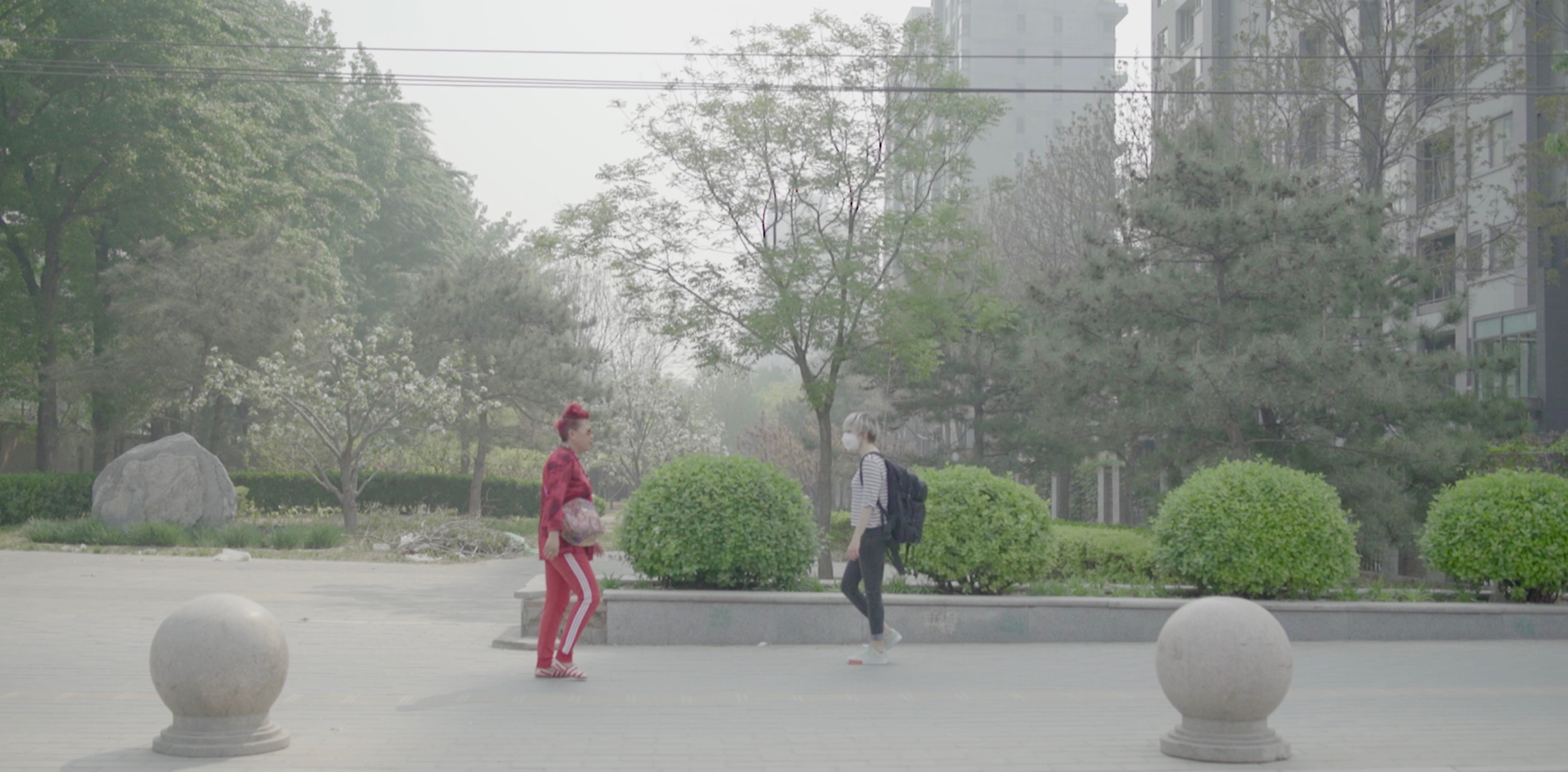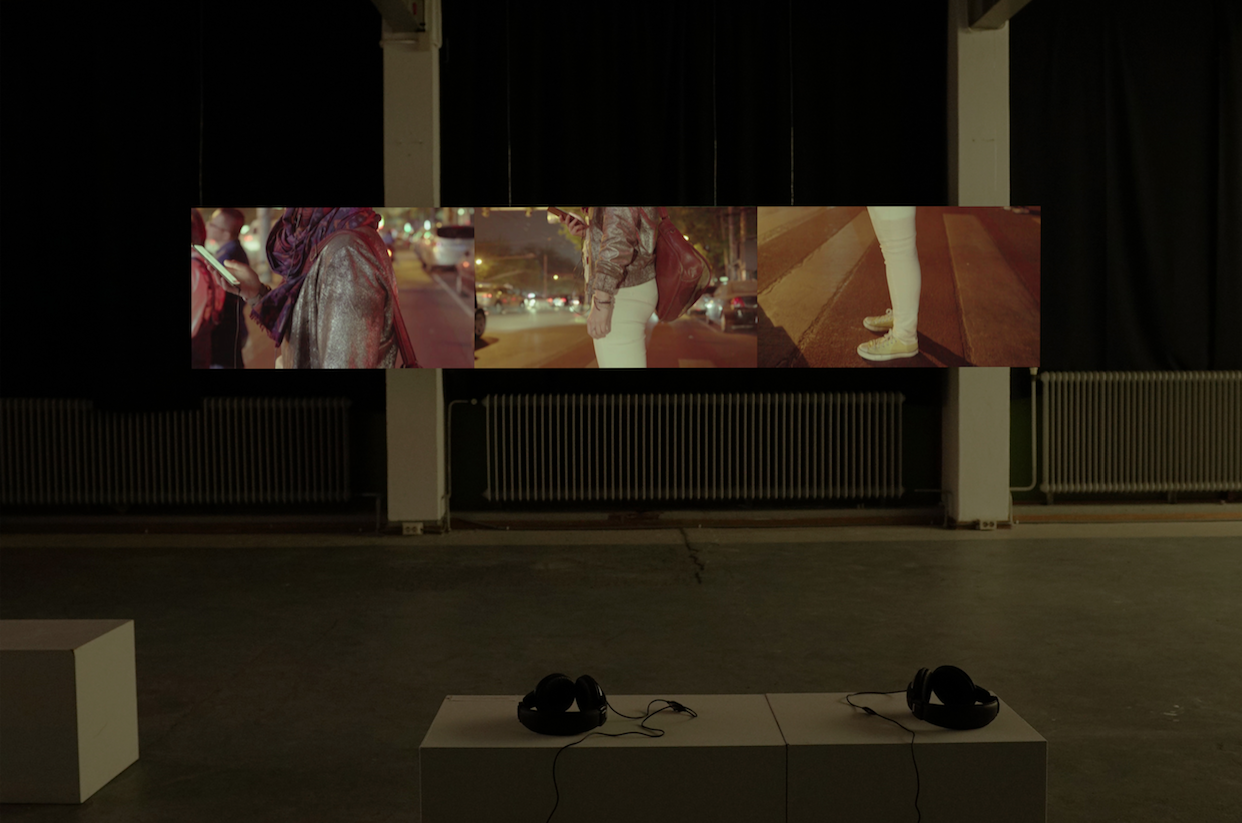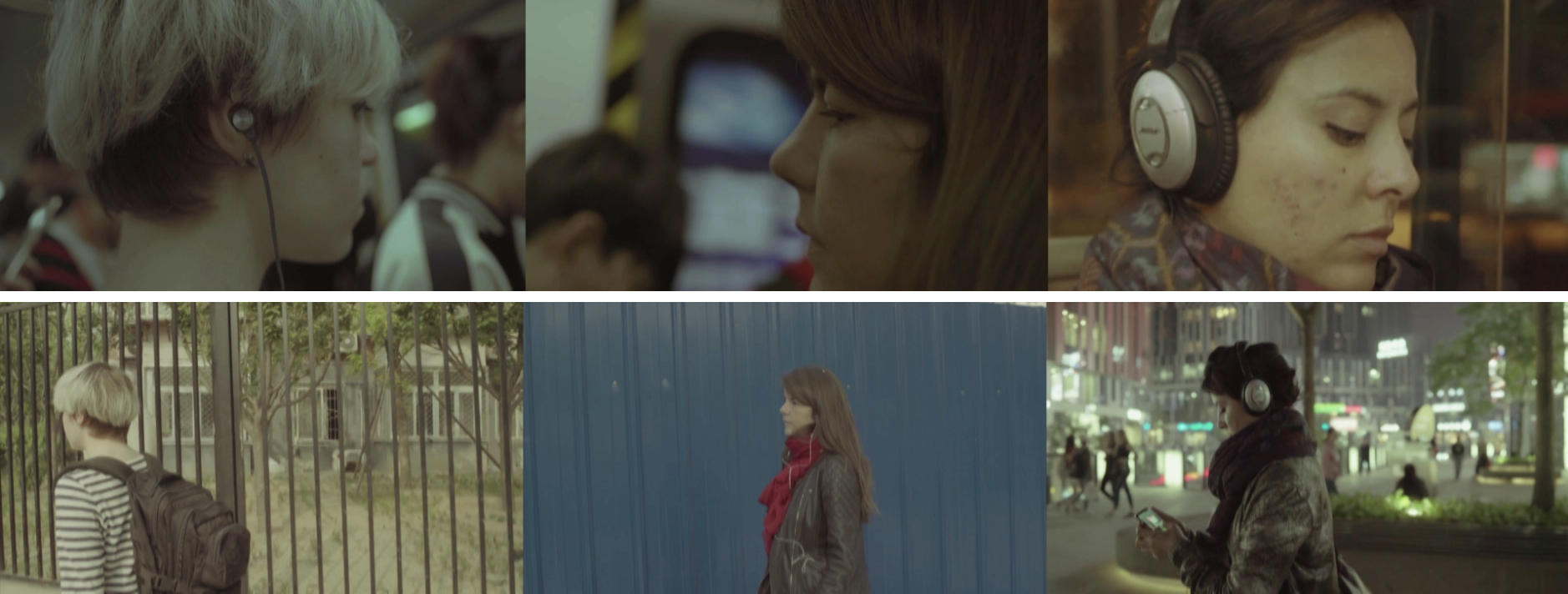local exoticism
ENGLISH
It started as a walk. A walk in Beijing. A foreigner’s walk.
To become a state of wonder.
Together with Louis Hothothot I followed three French women going to work in Beijing.
Through this project, we wish to understand who those women are for the city; what do their presence and adaptation say about contemporary China and its relationship to the West? To what extent do foreigners participate in the transformation of contemporary Beijing?
Until Mao Zedong’s death in 1976, it used to be rare to see foreigners in China. From then on, it seems like foreigners slowly became part of the local life of Beijing. But for several years, something has changed. China carefully chooses who can come in, and what it needs from the West. France left some of its traces in the city from the opium war but it is now China that has brought the West into its daily life, and not only through the employment of Westerners; new Chinese residential areas borrow architectural elements from some European cities.
The walk is a daily and functional action, yet it reflects on people’s singularity. Through a filmic and choreographic language, we connect people’s daily walk to their personal experiences of Beijing. Why are we interested in their way to work? It is their most regular and familiar journey in Beijing. Moreover, most people go to work around the same time. People are organized together and influence each other. You can see in the pace of their walk for instance. There is something very choreographic in the way people move together; they follow, sneak in, avoid or push each other.
Furthermore Beijing is not meant for walking. People mainly walk in the subway, a very controlled environment where bodies are organized, or in the old parts of the city cut off from the modern Beijing. It is one of the first aspects foreigners have to face about the city.



FRANCAIS
Tout a commencé en observant des passants marchant dans les rues de Pékin : la marche des Pékinois, celle des touristes, des étrangers. Accompagnée de Louis Hothothot, j'ai suivi trois jeunes françaises installées à Pékin allant travailler. Quelle place occupent-elles dans cette gigantesque ville en constante transformation ? Alors que des traces de la France sont visibles dans certains endroits de la ville suite à la guerre de l’opium, c’est la Chine qui aujourd’hui cherche à s’équiper d’une certaine vie occidentale. Il fût un temps où il était rare de voir des Occidentaux, des laowai, dans les rues Pékinoises.
La Chine est ouverte au monde, plus qu’avant. Jusqu’à quand ? Personne ne le sait, mais pour l’instant l’étranger fait partie de la vie locale et l’inhabituel a été intégré dans la vie quotidienne de ces françaises.